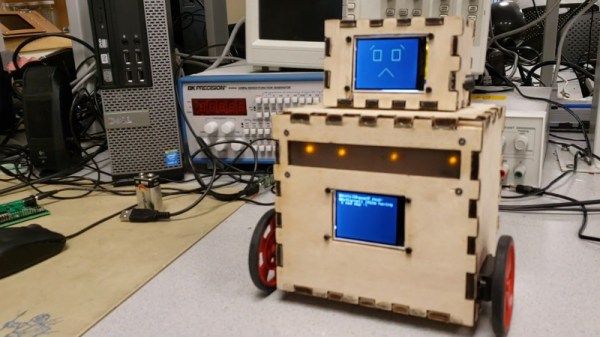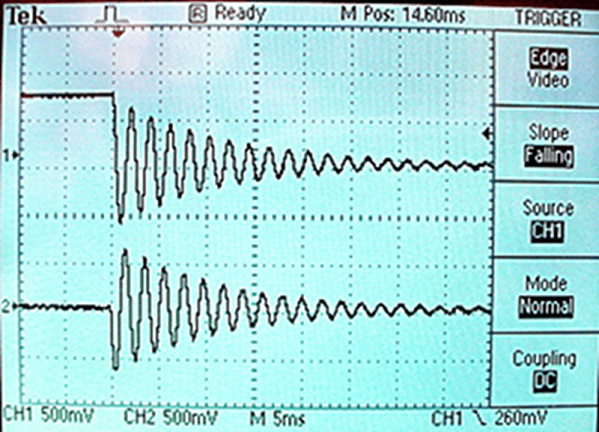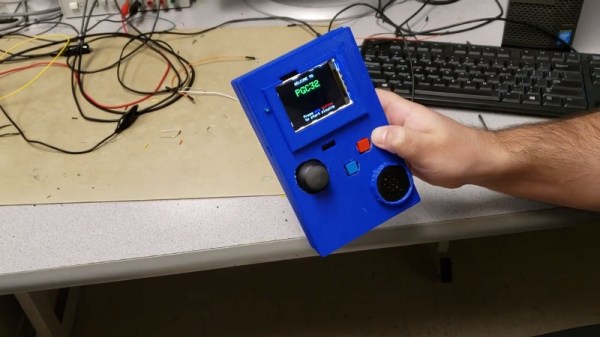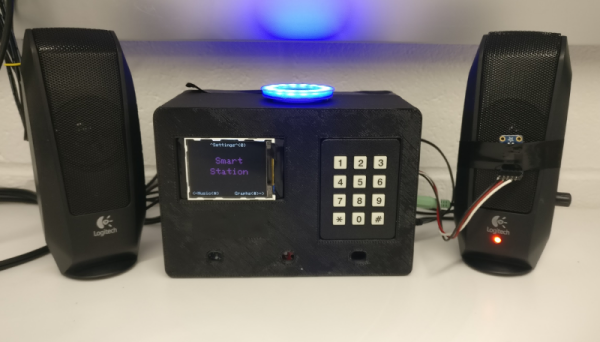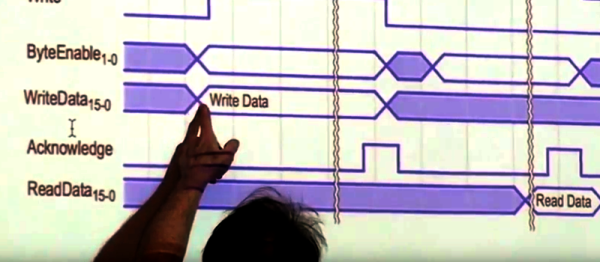When reading textual communications, it can be difficult to accurately acertain emotional intent. Individual humans can be better or worse at this, with sometimes hilarious results when it goes wrong. Regardless, there’s nothing a human can do that a machine won’t eventually do better. For just this purpose, Tweetbot is here to emotionally react to Twitter so you don’t have to.
The ‘bot receives tweets over a bluetooth link, handled by a PIC32, which also displays them on a small TFT screen. The PIC then analyses the tweet for emotional content before sending the result to a second PIC32, which displays emotes on a second TFT screen, creating the robot’s face. Varying LEDs are also flashed depending on the emotion detected – green for positive emotions, yellow for sadness, and red for anger.
The final bot is capable of demonstrating 8 unique emotional states, far exceeding the typical Facebook commenter who can only express unbridled outrage. With the ‘bot packing displays, multiple microcontrollers, and even motor drives, we imagine the team learned a great deal in the development of the project.
The project was the product of [Bruce Land]’s ECE 4760 course, which has shown us plenty of great hacks in the past – Bike Sonar being one of our favorites. Video after the break.

